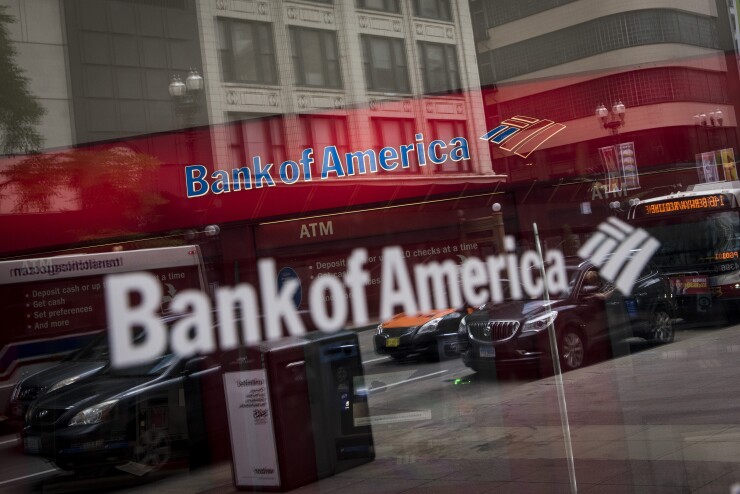Bank of America’s investors just got more evidence that taking the slow and steady road is paying off but that there is a trade-off as well.
Profit for the nation’s second-biggest lender rose 32% in the third quarter to 66 cents a share. That’s 4 cents better than analysts were expecting. Revenue was also slightly higher than analysts’ expectations. One of the biggest drivers of the better-than-expected earnings was the good economy and prudent lending. Bank of America’s anticipated losses from bad loans fell 14% from the same period a year ago to $716 million. The figure was $200 million better than analysts were expecting.
The crash of 2008 was intense but, in hindsight, short-lived. Market gains began a few months afterward and have continued with few exceptions.
And CEO Brian Moynihan’s mission to keep the bank away from businesses and practices that would hurt its reputation appears to be paying dividends as well. Deposits rose nearly 5% in the quarter, the fastest growth among the nation’s largest lenders. That was among the highest growth of the big banks. For instance, deposits at Wells Fargo, whose reputation has been tarnished in the past year because of a series of scandals, dropped 3% in the quarter. Overall, revenue Bank of America’s consumer lending business grew 7%. Interest income in that business was up 10% because of higher rates and loan growth.

Critics have pointed out that the trade-off is in investment banking, where Bank of America has been cautious. The bank has lost deals and dealmakers to other firms. Revenue from sales and trading dropped 5% in the third quarter, which was a larger dip than analysts were expecting. Overall, Bank of America’s fees from investment banking dropped 11% in the first nine months of the year. Moynihan told employees recently that he would like to do better.
But revenue and profits from investment banking were down at Bank of America’s rivals as well. And some are saying the current financial cycle, if not the economic one, is coming to an end. So it could be a good time to de-emphasize investment banking.
Bank of America is expected to spend $12 billion on loan losses through the end of 2020, or $11 billion and $6 billion less than rivals Citigroup and JPMorgan Chase, respectively. Better investment banking revenue at those two rivals could make up the difference. But that could take a while. And if the storms develop before then, Moynihan’s choice to take the route less likely to get rocky will reward investors.






